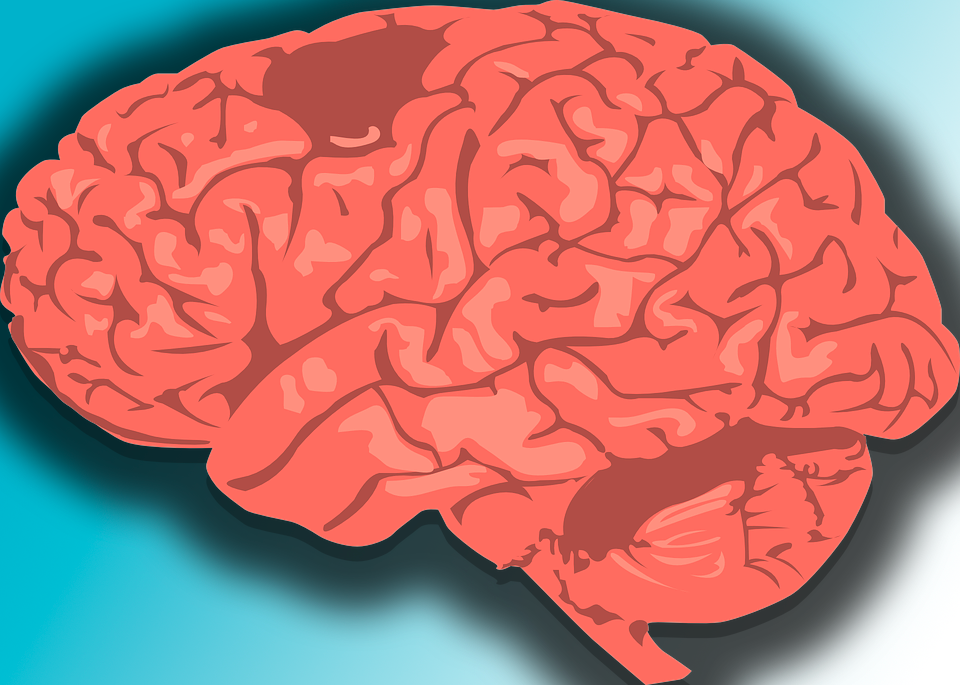The Federal Communications Commission on Tuesday, October 24 approved updates to various Commission rules for hearing aid compatibility and volume control on wireline and wireless telephones.
Under the Hearing Aid Compatibility Act, the Commission is required to establish rules that ensure access by people with hearing loss to telephones manufactured or imported for use in the United States. With this action, the Commission continues its efforts to ensure that tens of millions of Americans with hearing loss have access to and can benefit from critical and modern communication technologies and services.
With the Order, the Commission adopted a revised volume control standard for wireline handsets to provide a more accurate measurement of voice amplification. The Order also implements a provision of the Twenty-First Century Communications and Video Accessibility Act to apply all the Commission’s hearing aid compatibility requirements to wireline telephones used with advanced communication services, including phones used with Voice-over-Internet-Protocol (VoIP) services. Compliance with these provisions must be achieved within two years.
Recognizing the increased reliance on wireless phones, the Order further requires that, within the next three years, all wireless handsets newly certified as hearing aid compatible must include volume control suitable for consumers with hearing loss. It also reminds manufacturers and service providers of existing outreach obligations to ensure that consumers are informed about the availability of hearing aid compatible phones, such as by posting information about wireless phones on their websites.
More information on existing FCC hearing aid compatibility rules is available online at https://www.fcc.gov/general/hearing-aid-compatibility-and-volume-control.
Action by the Commission October 24, 2017 by Report and Order and Order on Reconsideration (FCC 17-135). Chairman Pai, Commissioners Clyburn and Rosenworcel approving. Commissioners O’Rielly and Carr approve in part and dissent in part. Chairman Pai, Commissioners Clyburn, O’Rielly and Carr issuing separate statements.
CG Docket No. 13-46; WT Docket No. 07-250; WT Docket No. 10-254
This press release was republished with permission from the FCC. For additional information, contact Michael Snyder at (202) 418-0997 or michael.snyder@fcc.gov.
















